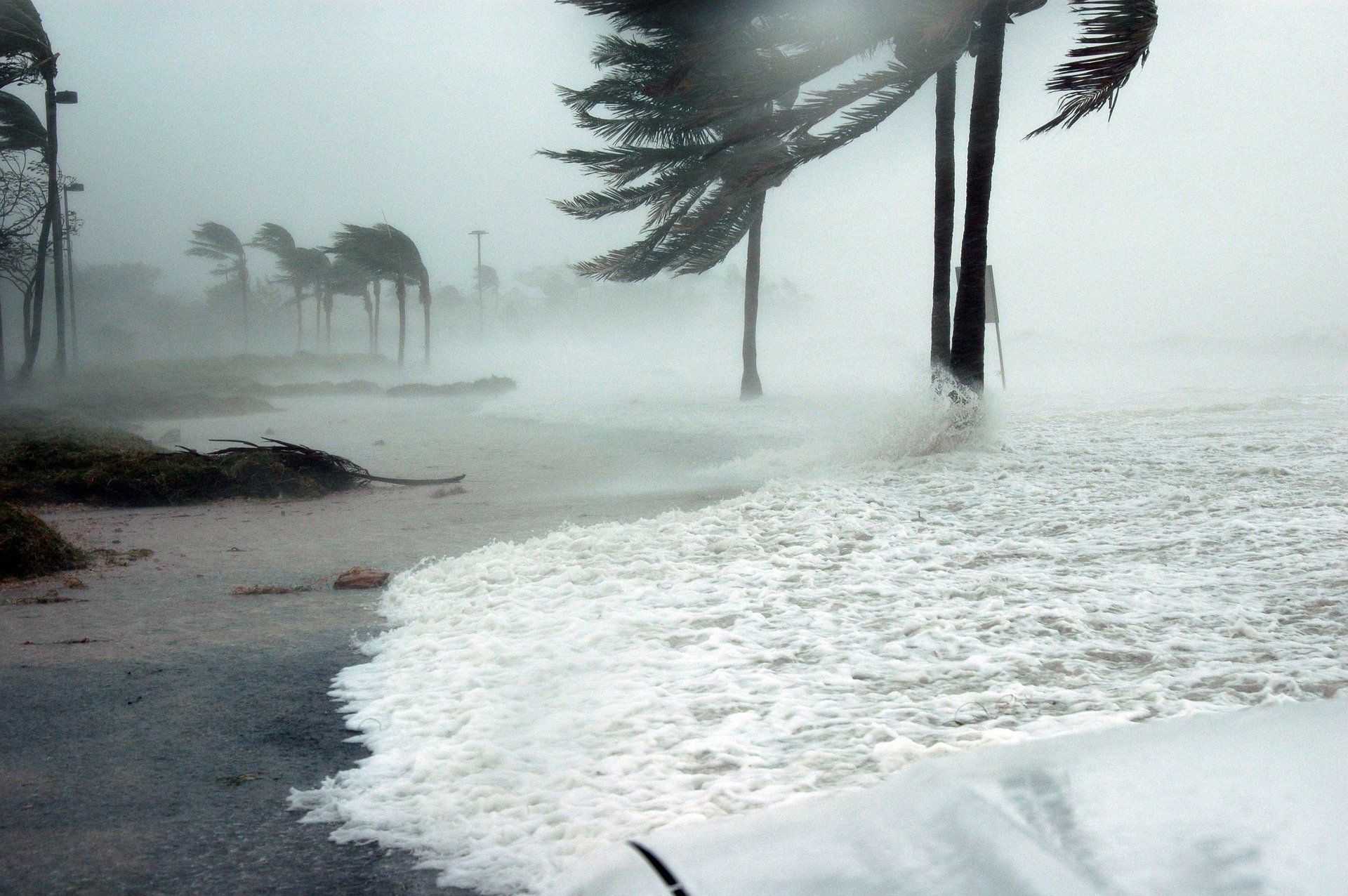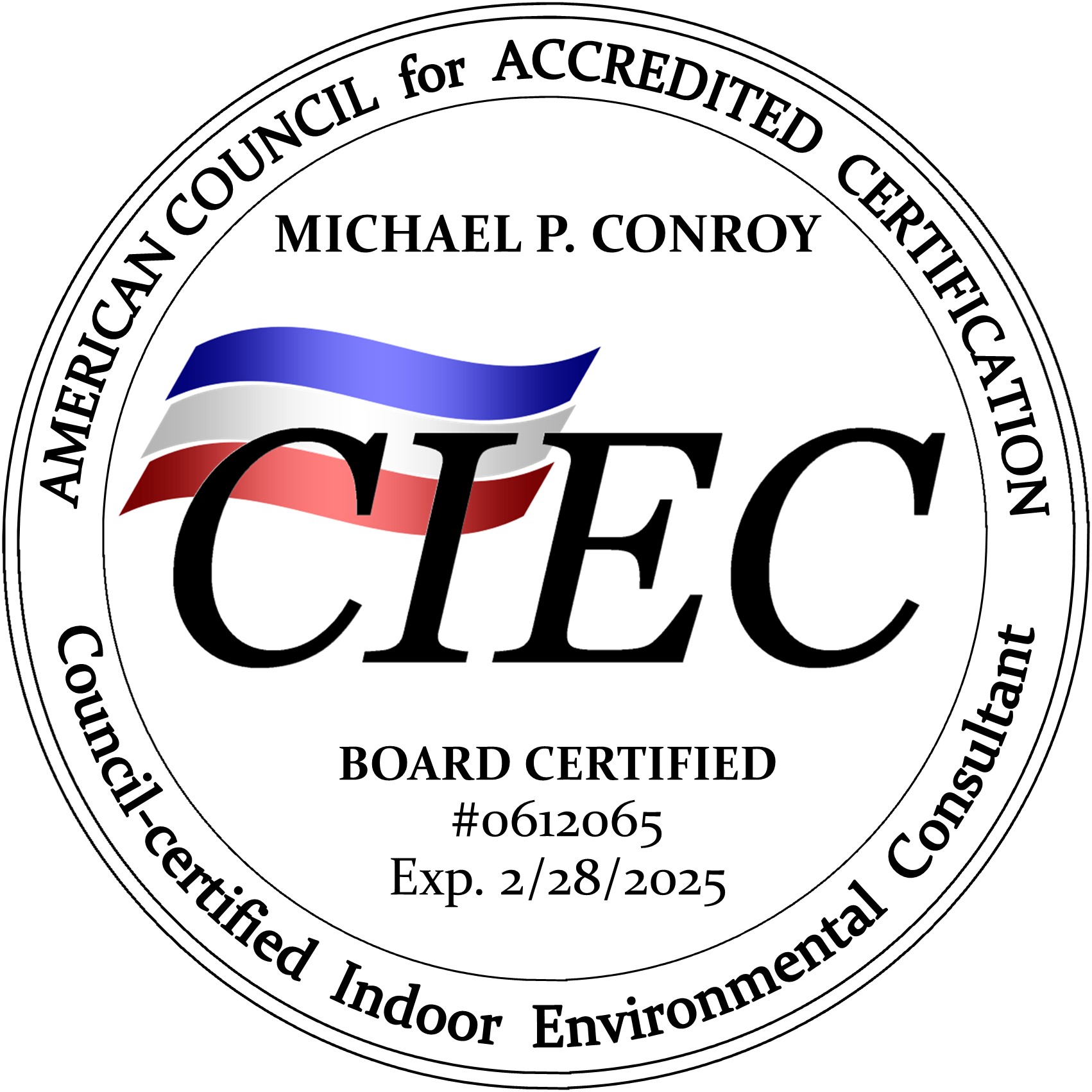Getting the most out of mold remediation is like telling someone how to enjoy a root canal. Both processes should be done by professionals, as painlessly and efficiently as possible and at a fair price but who wants to go there anyway?
Rather than first discuss the blissful benefits of mold remediation lets discuss how to avoid them if possible first.
Facts: Mold Needs Moisture, Proper Temperature, and a Food Source to grow and develop.
Of these three above requirements only one can be really controlled:
- All of the built structures are constructed of organic materials. Wood, natural fabrics, drywall, particle board and even the “bio-film” that sticks to concrete and glass or tile are mold food.
- Most Molds are able to grow well in temperatures between 68-86 degrees. (of course we humans are pretty comfortable in that range too. Some molds grow above and below that range also, way above and below where we as humans would be comfortable.
- The key to mold control is moisture control.
Strategies to Control Moisture
Fix leaks
Under sinks, in air conditioning condensate lines, ice machines.
Make sure windows and doors close tightly and don’t leak damp air inside We have seen big mold problems develop in locations where the outside damp air was pulled into the structure for a week because a sliding glass door or window was not completely closed.
Quickly (24-48 hours or less) get moving on correcting water damages caused by water intrusions from the above leaks. Associations need to have the ability to begin mitigating water damages in a condo because they often affect others in the same building.
Keep it dry
Make sure the air conditioning system is working correctly and RUNS. Remember mold can grow at 60% relative humidity and around here that’s most of the year. In beach front condos your unit is insulated by your neighbors condos and how hot or cold they keep their unit can have and effect on yours, and whether your thermostat ever senses it’s hot enough to turn on the unit and cool and dehumidify the condo
You may need to consider adding a dehumidifier to your structure. You may find you can buy and install a dehumidifer to help keep the air dryer in your space than pay for the utility bill increase to run the air conditioning so that it runs enough to keep the place dry. Please don’t buy just any Big Box store dehu. Like air conditioning units dehus need to be sized for the job.
Have someone check the property often, especially after a storm event and have the person use a moisture probe not just eyesight to check for water after a storm. A post storm check consisting of opening the front door and looking for floating furniture is NOT sufficient.
Well That Didn’t Happen So Now What
Can you see the mold? If you can see the mold you don’t need someone to test it. It doesn’t matter what kind of mold it is, you don’t want it. (Well unless you have some nice Roquefort in the refrigerator)
If you suspect a mold problem without visible evidence you may need some testing. Mold sometimes gets blamed for other allergens in the air. Pollen, dust, pet dander and dust mites plus various chemicals and even poor air exchanges can cause the same type of physical reactions in humans as mold.
Hire a professional. But remember you don’t want the assessor to also be the remeditator. That would be a conflict of interest. (IN 2010 Florida’s mold law will make assessing a mold problem and correcting it by the same company illegal). The kinds of professionals needed for assessments are Industrial Hygienists or Certified Indoor Environmentalists (The IICRC S-520 calls these people IEP’s Indoor Environmental Professionals). These professionals will visually inspect and also perform air sampling. They will also routinely look for water intrusion with thermal imagers (infrared imagers) and other moisture detection equipment.
Expect mold air sampling to cost between $300-500 and occasionally more if you need more than a few samples done. One outside sample is the control sample and the inside samples are compared with that one. Standards for mold removal are the EPA Guidelines which were developed from the American Conference of Governmental Industrial Hygienists. Also the IICRC S-520 Standard and Guide for Professional Mold Remediation. The EPA Guidelines are available online, free. The IICRC S-520 can be obtained from IICRC.org but will cost about $150.00.
EPA guidelines use the size of the moldy area to determine the need for a professional remediator. Anything over about ten square feet of mold should trigger the need to hire a pro. The IICRC S 520 Standard gets a pro involved when mold is actively growing. Both focus on the need to physically remove mold not just kill it. Dead mold causes allergic reactions and symptoms in people the same as living mold.
Bleach is NOT an effective method for removing mold except on hard non porous surfaces. Bath tubs, showers, counter tops. Mold must be removed and detergent and water works well, along with scrubbing pads on hard surfaces. On wood it takes wire brushes and sandpaper on structural materials.
Mold on hard surface furniture such as wood entertainment centers and cabinet doors can be cleaned with detergent and water much like on structural wood. The finished wood furniture needs a treatment of some type of finish, sealer or polish to counteract the detergents action. Wicker is often better discarded than cleaned. Cleaning wicker is usually as expensive as buying a new piece.
Mold growing on the surface of drywall can often be removed with detergent and water. A professional will use a HEPA filtered vacuum to first remove the mold while using containment to prevent the spores from spreading throughout the structure during the cleanup. But if the mold has moved into the paper layer the drywall has to go.
Mold damaged soft surfaces like drapes or pillows or bedding often need to be discarded and replaced. Remember the mold is digesting the organic materials and those spots of black or grey are not just stains but missing, digested, fiber.
After the clean up is complete and a professional is involved it is prudent to have the Indoor Environmental Professional (IEP) we discussed above to return and approve or verify the work. This third party opinion goes a long way in providing proof that a mold remediation was completed. These verifications overcome a lot of potential objections from prospective buyers if the condo is ever placed for sale. By the way Florida law requires disclosure of previous mold in real estate transactions. Many property insurance firms also share data on losses through an industry wide database. Honesty is the best policy, fix the problem right and don’t try to hide the fact that it occurred.
Final Thoughts
Mold in your home or business or condominium is not the impossible to solve problem that some would like to make you think you have. Small mold issues might be taken care of by the owner with a little research.
Bigger issues will obviously cost more to correct but all can be solved with the right professional help. So don’t panic and tear down the building but don’t ignore the problem either. The benefit of a successful mold remediation is the elimination of the mold and the prevention of it’s return.
Bigger issues will obviously cost more to correct but all can be solved with the right professional help. So don’t panic and tear down the building but don’t ignore the problem either. The benefit of successful mold remediation is the elimination of the mold and the prevention of its return.
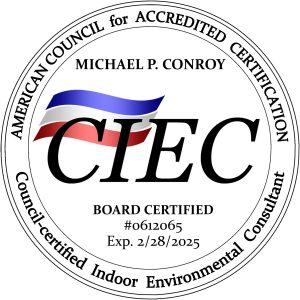
- All
- Articles
- Indoor Environmental Consulting
- Mold Assessment & Remediation
- Podcasts
- Water Mitigation

New Qualification: Mike Conroy Achieves Asbestos Inspector Certification
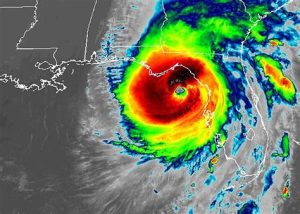
Why Choosing the Right Indoor Air Quality and Mold Expert Matters

Why Choosing the Right Indoor Air Quality and Mold Expert Matters

Hidden Leaks: Major Mold Damage from a Minor Leak
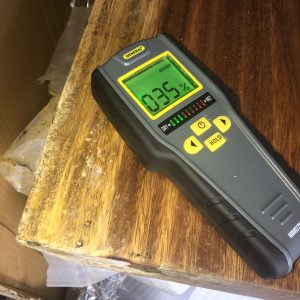
Adventures of the Traveling Mold Guy

Dew Point, Humidity, and Temperature, Oh My!

Mold and/or Mildew and the “M” Word

Alarming Water Damages: Why Not Consider Water Detectors?

Do I Get a Home Inspection or Mold Inspection?
